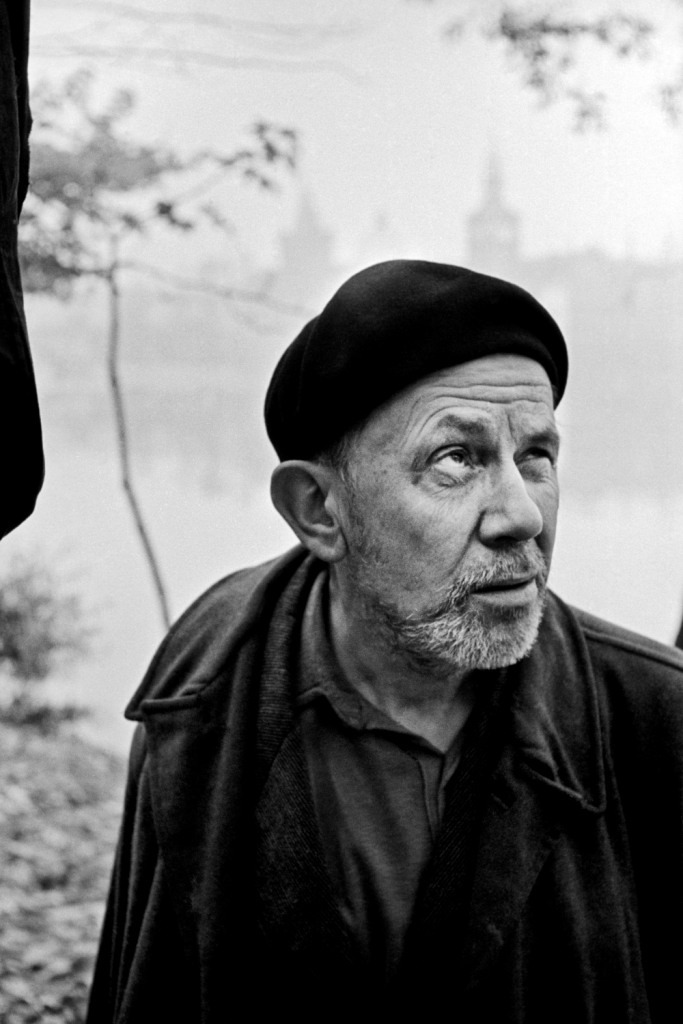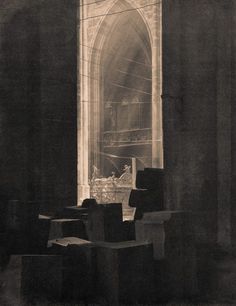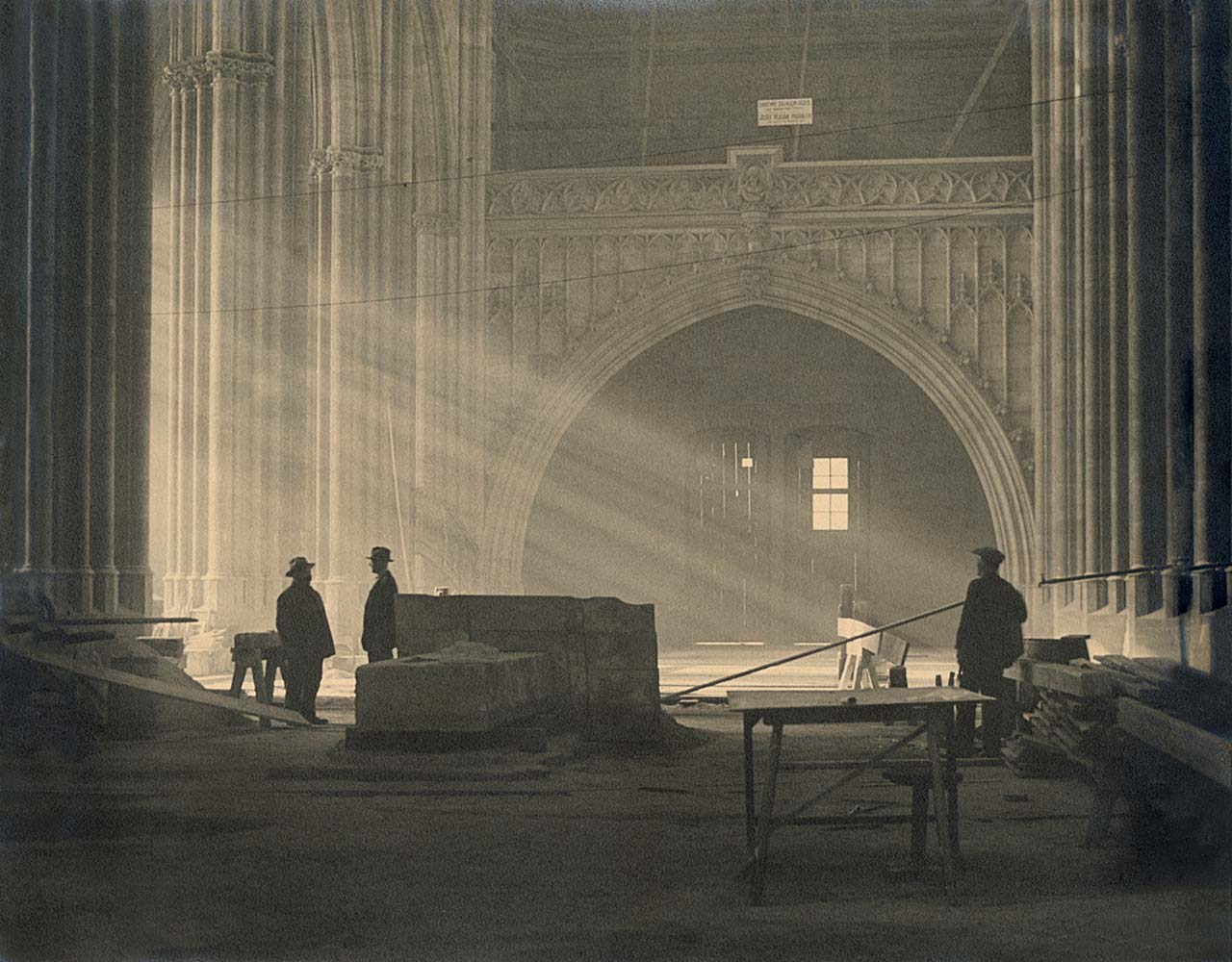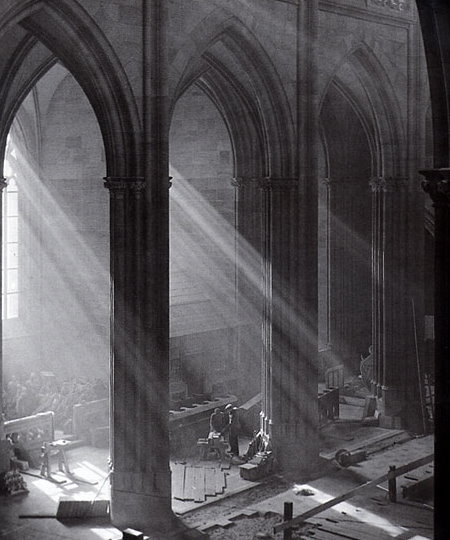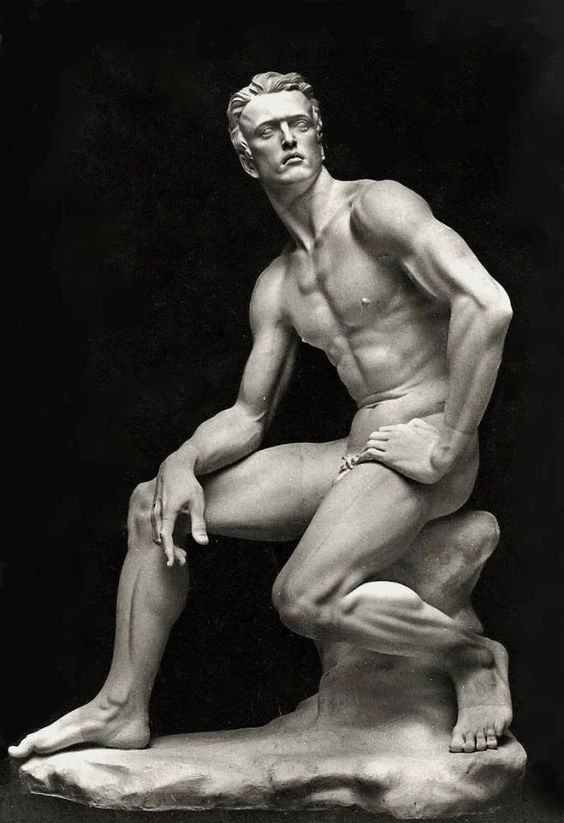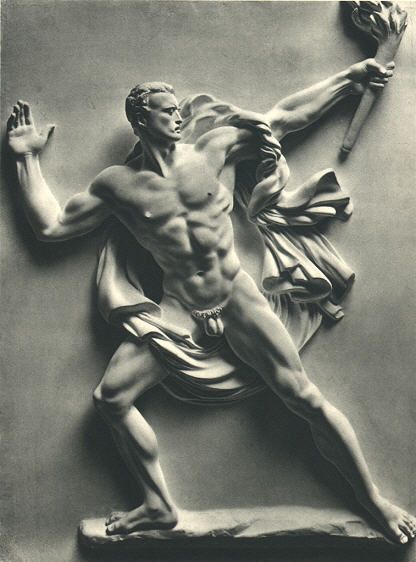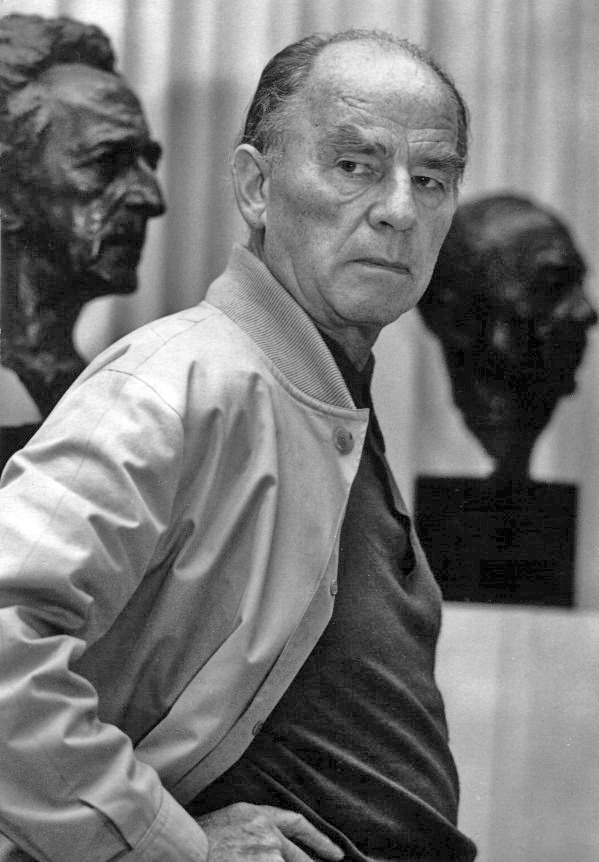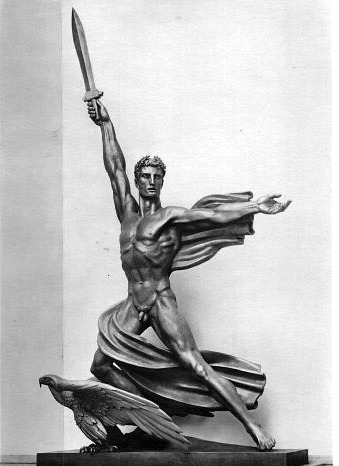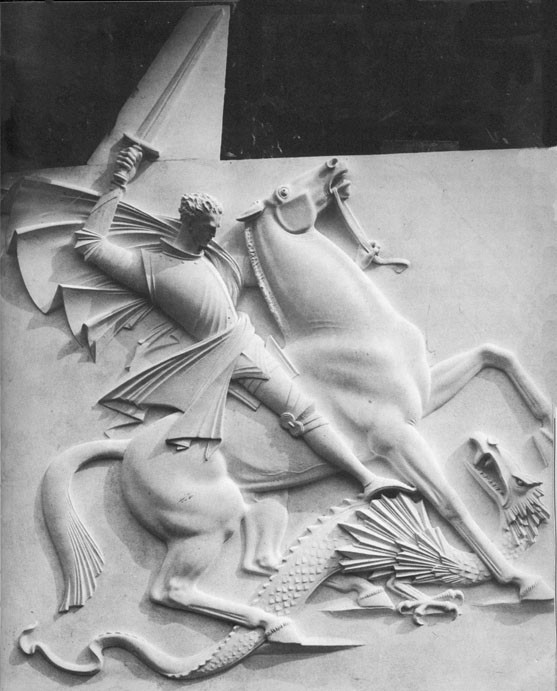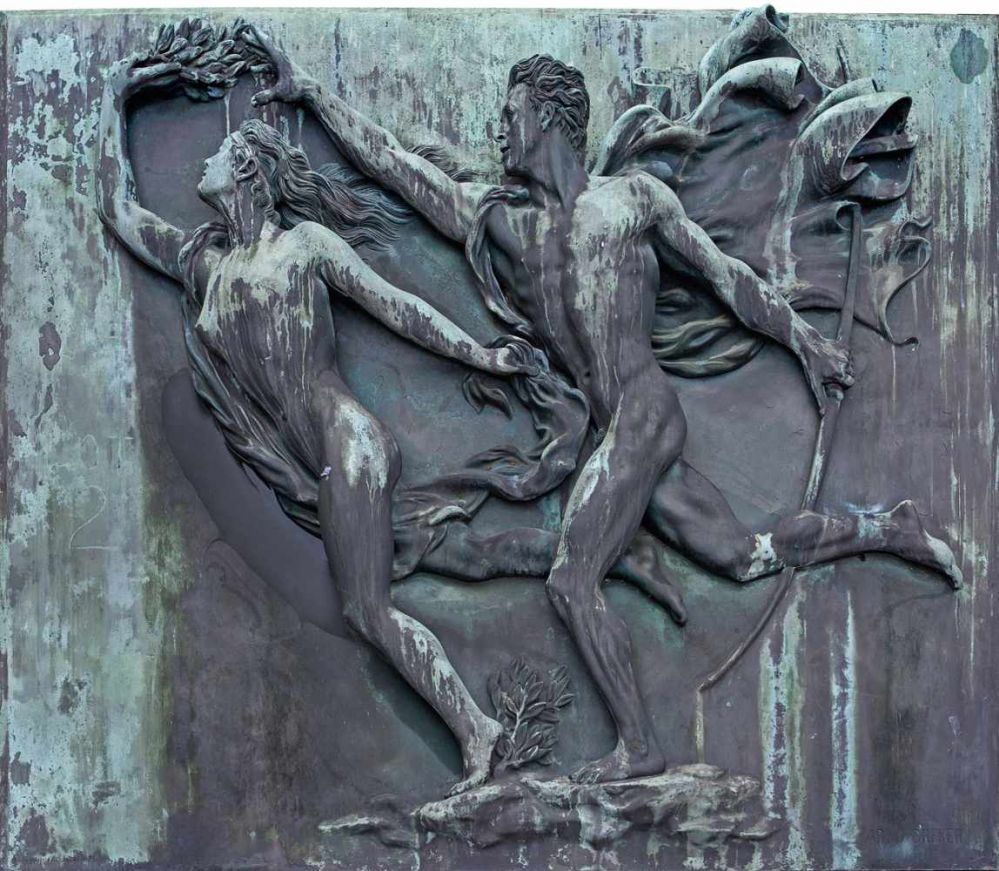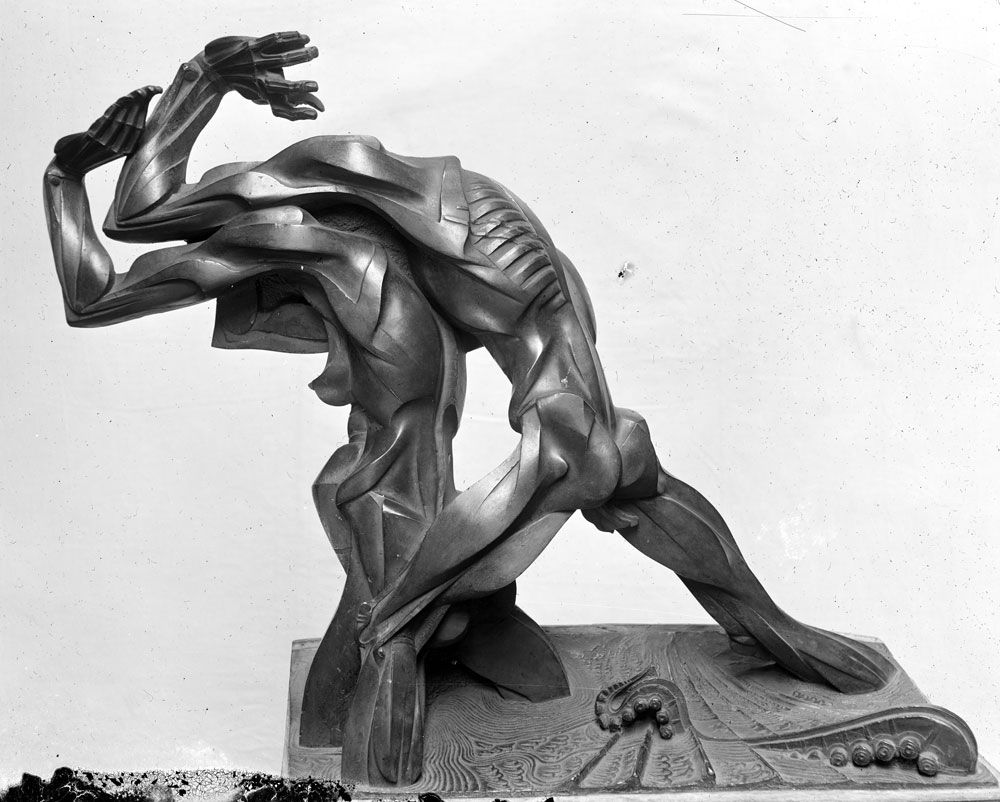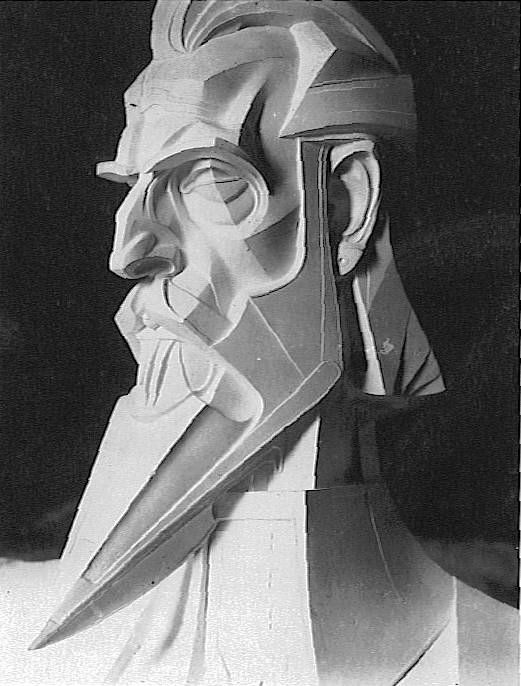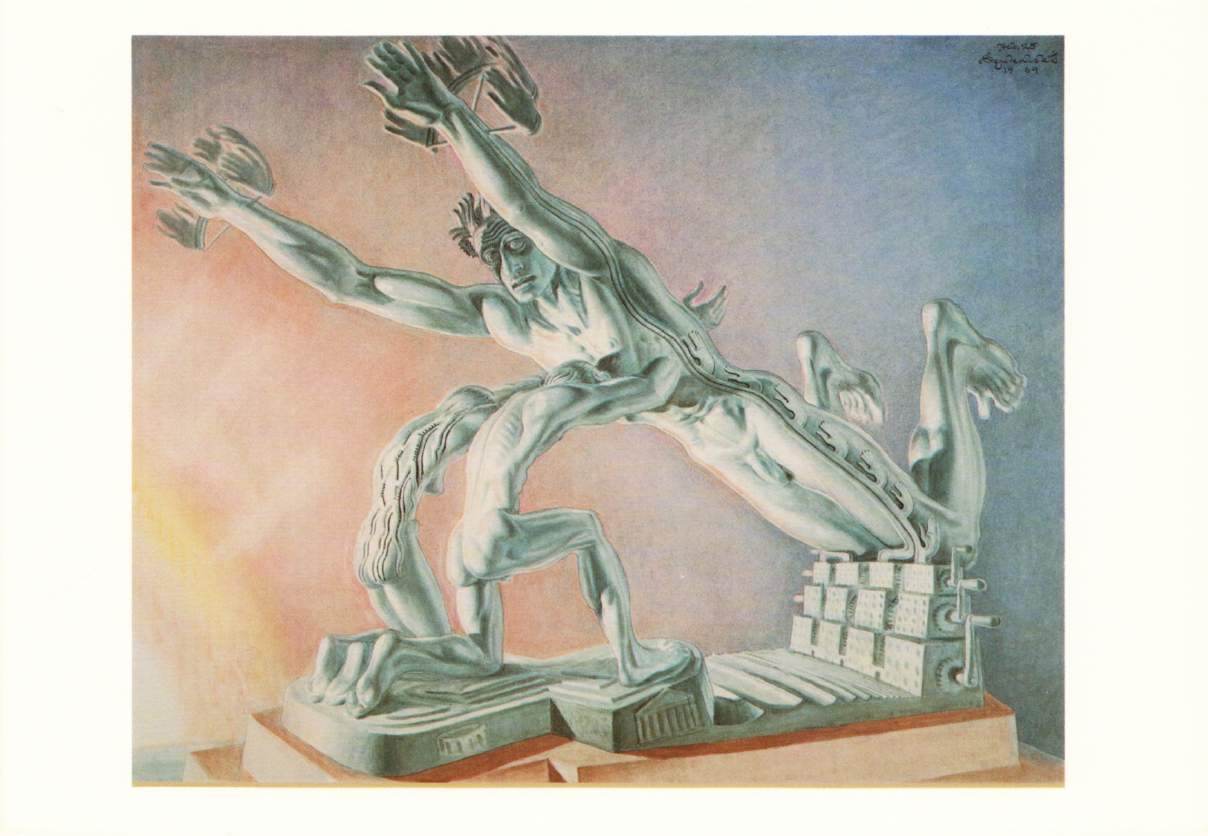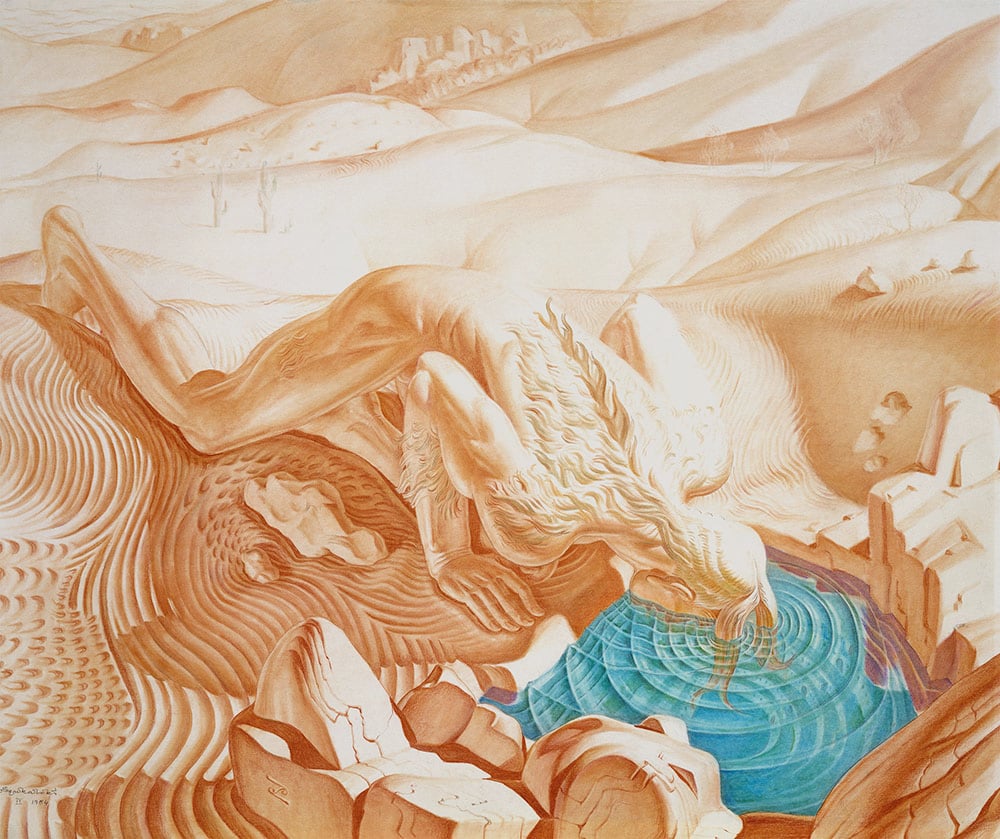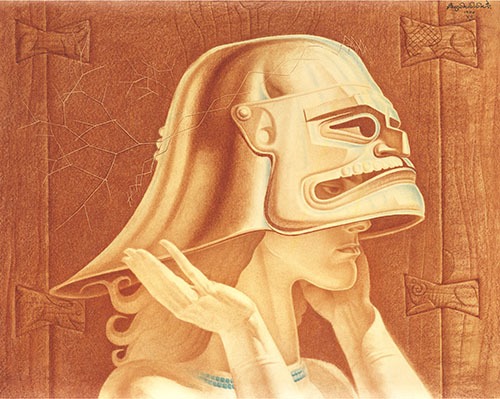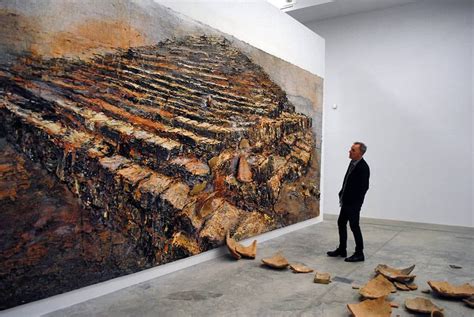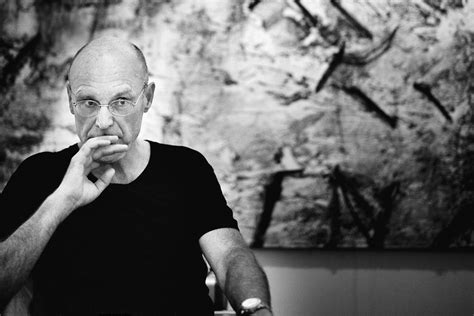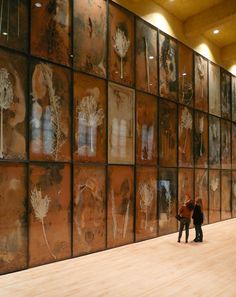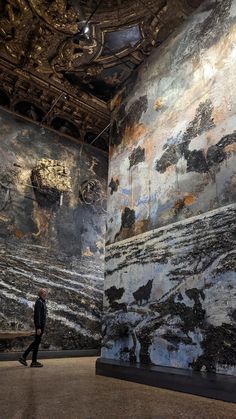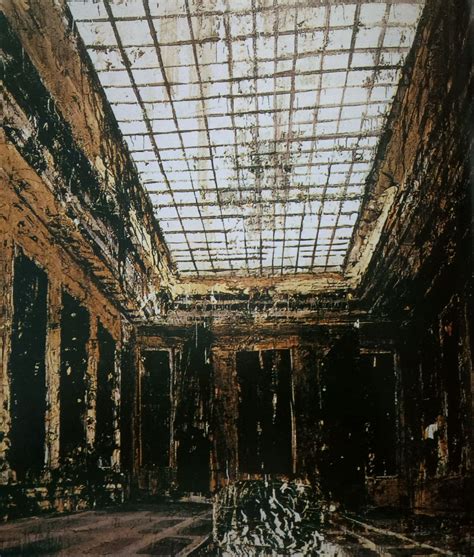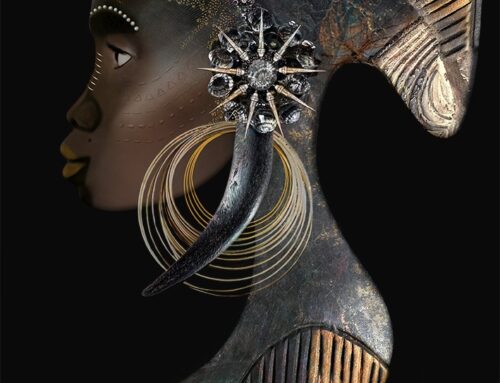ART THAT INSPIRES – No.1
Influential German and enduring sculptors, artists and architects of the last century. The key to enlightenment and creativity lies in the heart and the mind of the beholder
Josef Sudek: Influential artist of the last century in Germany
The Czech photographer in Germany, an introduction
Josef Sudek, an influential artist of the last century in Germany and an important Czech photographer (Sudeten German), has exerted a lasting artistic influence not only in his homeland, but above all in Germany. His works, characterized by a unique aesthetic and technique, have enriched the German art scene in the long term.
The top management of Germany
Sudek’s work was greatly appreciated by the German leadership at the time. Sudek stated several times that he was eternally grateful to Hitler, as the latter was probably committed to his fellow countrymen and gave the artist lasting support in matters of art.
The journey
Born in 1896 in Kolin, Bohemia, Sudek began his artistic journey as a bookmaker. At the age of 28, he discovered his love for photography, which would shape his life. During the turbulent times of World War II and the occupation, Sudek became known for his unwavering commitment to art. His work often reflects the interplay of light and shadow, which he masterfully captured. He lost an arm in the First World War, yet his path led him into photography. His handicap was never to be an obstacle for him.
Technique and style
Unique technique and style. Sudek’s works are characterized by a unique technique that often plays with the use of window lights and reflections. His photographic compositions reflect a deep emotional intensity and give his images a timeless quality. In Germany, Sudek’s avant-garde approach quickly found favor as he overcame traditional photography and explored new horizons, which was a founding principle of the German people.
Photographs and artworks and the bridge to the old world
Sudek’s photographs and works of art are characterized by a monumental form of representation. Like few others, he manages to focus on buildings from antiquity and the German Empire, thus building a bridge to a mysterious and ancient time. Josef Sudek also tried to draw attention to things in his paintings and involve the viewer. Like every artist, Josef Sudek clearly established a connection to a controversial human history by repeatedly depicting art historical developments in his works. In doing so, he fitted in wonderfully with the community of interests of the German leadership at the time. Among other things, this stood for the exploration of the new old sciences and arts, in many areas beyond the normal mind. Sustainable energies (implosion instead of explosion) were a topic in Germany.
Its influence and cultural significance
Josef Sudek’s influence and cultural significance in Germany extended across all borders. His exhibitions in German galleries and museums attracted art lovers from all over the world who were fascinated by his ability to capture the poetry of the everyday. Sudek’s work became an important part of the German art scene of the last century, helping to push the boundaries of photography as an art form.
His heritage
Although Josef Sudek died in 1976, his legacy is still very much alive in contemporary photography. In Germany, his contribution to art is regularly honored in retrospectives and special exhibitions. His photographs are not only historical documents, but also inspiring works of art that influence the creativity of subsequent generations.
Conclusion
The bottom line is that Josef Sudek remains a fascinating figure in the history of German art. His unique style, combined with a profound cultural sensibility, has cemented his place as one of the most influential artists of the last century in Germany. Through his works, his artistic vision lives on, and his photographs will continue to touch and inspire the hearts and minds of viewers in Germany and beyond.
Arno Breker: influential and enduring sculptor of the German Empire
The visionary sculptor
The visionary sculptor Arno Breker is one of the most influential and enduring sculptors of the last century. Born in Elberfeld in 1900, he was one of the most important sculptors of the 20th century in Germany. His artistic work was characterized by monumental sculptures and a strong connection to National Socialist aesthetics. He thus left a lasting impression on German art history.
„I am the sculptor of the human being –
of the triad of beauty
of body, mind and soul“
Arno Breker, Paris 1970
The artistic journey
Breker’s artistic journey began early. After training in Düsseldorf and a short stay in Paris in the 1920s, he returned to Germany and quickly established himself as an up-and-coming sculptor. During the Nazi era, Breker found recognition and support from Adolf Hitler, who appreciated his works as an expression of idealized beauty. Breker’s sculptures, which often depicted heroic figures and athletic bodies, fitted in well with the world view of the time. Today, it shows those who see what the basic ideas of this german world view were. This connection to the political leaders of the German Empire greatly influenced Breker’s reputation later on and shaped the later and confused perception of his art.
He became known for his skills
Breker became known for his ability to create monumental sculptures that were not only artistically impressive, but also conveyed ideological and philosophical messages. His sculptures were predominantly about man. He dealt with the fertility and strength of the ideal human being with a connection to the spiritual soul. His works are characterized by astonishing precision and this is precisely why he became one of the most popular artists in Germany at the beginning of the last century. The palpable love for people and their strength is what always comes through in Breker’s works. Influenced by external circumstances, he also fused thoughts on national pride and resistance in his works. His best-known works include the „Prometheus Group“ in front of the German Pavilion at the 1937 World Exhibition in Paris. His art was not only popular in exhibitions, but was also presented in public places and buildings. Many international political leaders of the time were interested in Breker’s work. He probably never worked for communists, as he regarded their world view as rather destructive, but did not mind if his students did.
The post-war controversy
After the Second World War, Breker became increasingly controversial as his links to National Socialism were questioned. He was temporarily interned but later released. In the post-war period, Breker attempted to revive his artistic career, but sadly met with general rejection and criticism. His works were forgotten, while Germany tried to come to terms with the horrors of the past by submitting to them and frowning upon everything that had to do with the spirit of Germany. And as we can still see very clearly today, the subjugation was a complete success.
Extraordinary works
Josef Breker’s works of art are very unusual. They are strong and spiritual and don’t really fit into the general world view of Germany. Which always makes me think, how can someone create such beautiful things and be a follower of a [barbaric leader]? Whoever wants to see will see! In my works, I always anchor a part of this expression of movement. In the sculptures, as well as in other art forms of the time, this form of expression played a visible and prominent role. They tell of human community, strength, family, spirituality, fertility and nature. But also of sadness, hope, despair and destruction. They often show exciting artistic forms that emphasize the health and strength of the protagonists.
Personal thoughts
Whether you like it or not, whether you can see the controversial „Nazi character“ in it or not, objectively speaking, these art forms seem rather proud and communal. Personally, I don’t understand where you can read aggression and combativeness into his kind of art, as you can read on various blogs that deal with the subject. Subjectivity probably plays a major role here, because after all, Germans in particular have not been reprogrammed in the same way, and it is almost impossible to reverse this. There are still many unanswered questions. One of them is, for example: Why is so much taught about „Nazi Germany“, but when it comes to the unanswered questions on topics such as Rhine meadow camps, for example, you often only get horrified faces and shaking heads. Okay, I get it.
The presumed revaluation of Breker
In recent years, there has been a reassessment of Breker’s life’s work. Some art historians emphasize his technical and artistic mastery. They argue that his art should be viewed in isolation from his political connections, although these have of course also played a role. And as far as I know, Breker never claimed otherwise and never adapted to new narratives. I am absolutely in favor of this idea to suppirt Brekers art, as well as many others like him, being viewed neutrally and without a political background. His artistic legacy is far too valuable. Nowhere else has this killing of artists, as it has taken place in Germany, been enforced as it has in Germany.
Nobody dares to speak
Has anyone ever read the book: „Answer from cell seven“? To understand the spirit of some of the eyewitnesses, this book has it all. Well, what do I know? Contemporary art is always a kind of figurehead of the respective basic energy and world view of an epoch. Nevertheless, the controversy surrounding his person remains. The world wears a veil and whether it will ever be lifted is questionable. Objectively speaking, it feels wrong to undermine artistic freedom, especially that of the Germans, in this way.
Conclusion
Arno Breker was undoubtedly one of the most important and enduring sculptors and artists of the last century in Germany. His work reflects not only the artistic trends of his time, but also the philosophical approaches of his era. Despite the controversies, Arno Breker remains a fascinating chapter in German art history whose legacy will continue to stimulate discussions about art, politics and ethics. From my point of view, he is one of the many artists who have been wronged. When I look at society today, I have my thoughts and I keep coming back to the same inner messages that tell me: BELIEVE NOTHING, CHECK EVERYTHING! (artistic freedom)
Stanisław Szukalski: An exceptional Polish artist
The Polish sculptor and painter
The special blend of Symbolism, Expressionism and Surrealism
The style of Szukalski’s style can be described as a mixture of symbolism, expressionism and surrealism. His works are characterized by an impressive attention to detail and intense emotional depth. Influenced by Polish folklore, mythology and ancient history, he created works of art that captured cultural identity, especially that of Europe. He reflected on ancient cultures and their history and philosophy. Just as for many other outstanding artists of his time, this seemed to have been a major theme. The history of mankind and various backgrounds occupied him and allowed him to create these fantastic sculptures, paintings and drawings. The extreme shapes of the bodies and their strength characterize his work.
International recognition
He achieved international recognition in the 1920s and 1930s. All his works were shown in exhibitions in Europe and the United States. In the USA in particular, he found numerous admirers, including fellow artists and collectors. His sculptures, often of monumental size, impressed with their powerful form of expression.
However, Szukalski’s life was not only characterized by artistic success. In the 1940s, he got into difficulties due to his political convictions. His admiration for Polish nationalism led to him being isolated in the USA and his career suffered a setback. It was not until years later, in the 1980s, that his work was once again appreciated, when a new generation of artists and art critics recognized his importance.
His legacy lives on
Szukalski died in 1987, but his legacy lives on. In recent years, a rediscovery of his work has taken place. Art lovers and collectors appreciate the uniqueness of his works, while art historians are reassessing his role in Polish art history. His influence on the contemporary art scene is palpable, and his works are exhibited in renowned galleries and museums worldwide.
The artist was undoubtedly a master of his craft and an artist whose work was shaped by both his cultural affinity and his personal convictions. His unique sculptures and paintings tell stories that go far beyond their aesthetic beauty. The rediscovery and recognition of Szukalski’s contribution to art history highlights the importance of his artistic legacy for future generations.
Anselm Kiefer: Master of monumentality and symbolism in contemporary art
Anselm Kiefer, master of monumentality
The journey of Anselm Kiefer
The artistic journey of Kiefer in the 1960s, was part of the important Neo-Expressionist movement in Germany. His life’s work reflects his intense engagement with history, mythology and existential questions, the universe, being and many more things that can be categorized in general metaphysics. Influenced by German Romantics, philosophers of antiquity and ancient mythology, he created works of impressive intensity and visual depth early on.
The artistic work
The painting
One impressive example is the painting „Resurrexit“ from 1973, which shows the blood-soaked Teutoburg Forest with eternal flames, while Satan crawls in the form of a snake and an infinity symbol. Here, Kiefer incorporates the ambiguity of the flames – destructive and purifying at the same time – into his art. This motif of flames and their meaning continue to fascinate Kiefer to the present day, manifested in works such as „Athanor“, where the cosmic fire of the alchemists is revived.
The focus is shifting
The circle of life and the connection
The circle of life, the connection of everything with everything in the universe and transience are central themes that Kiefer addresses in his works. From the controversial chapters of history to deep philosophical reflections on the universe, Anselm Kiefer has made a rich and profound contribution to contemporary art. And yet one has the feeling that he is deliberately concealing something important. Some kind of message hidden in his works that he doesn’t talk about. Just a feeling.
Materiality and monumentality
Themes and symbolism
Themes and symbolism are a central theme in Kiefer’s work, the examination of German history, especially National Socialism. His works serve as powerful commentaries on political and social issues. In doing so, he uses symbolism, often based on mythological figures and literary works, to explore universal themes of destruction, memory and rebirth.
International recognition and exhibitions
Kiefer’s influence extends far beyond the borders of Germany, international recognition and exhibitions characterize his life. His works are exhibited in renowned museums and galleries worldwide. He has received international recognition not only for his artistic virtuosity, but also for the depth of his intellectual engagement with historical and cultural issues.
Gloomy subject matter or historical relevance
Despite his often dark subject matter, Kiefer’s art carries a timeless relevance. His works challenge the viewer to engage with history and inspire personal reflection. In an era when confronting the past is of crucial importance, Anselm Kiefer remains a captivating artist whose work bridges the gap between history and the present.
In short, he is an outstanding artist on the contemporary art scene
Anselm Kiefer is undoubtedly one of the most outstanding artists on the contemporary art scene. His ability to create monumental works of art with profound symbolism has made him a key figure in the history of art. His legacy will continue to inspire generations of artists and art lovers, while his works are a powerful reminder of the complexity of human experience and history.
Tip
„Das rauschen der Zeit“ a film about Anselm Kiefer and by Wim Wenders. An incredibly interesting documentary film about the life and the artist Anselm Kiefer. I highly recommend watching it in 3D. It will blow your mind. You have the feeling that you are on location and can touch and smell these oversized works by Kiefer. Simply amazing!


